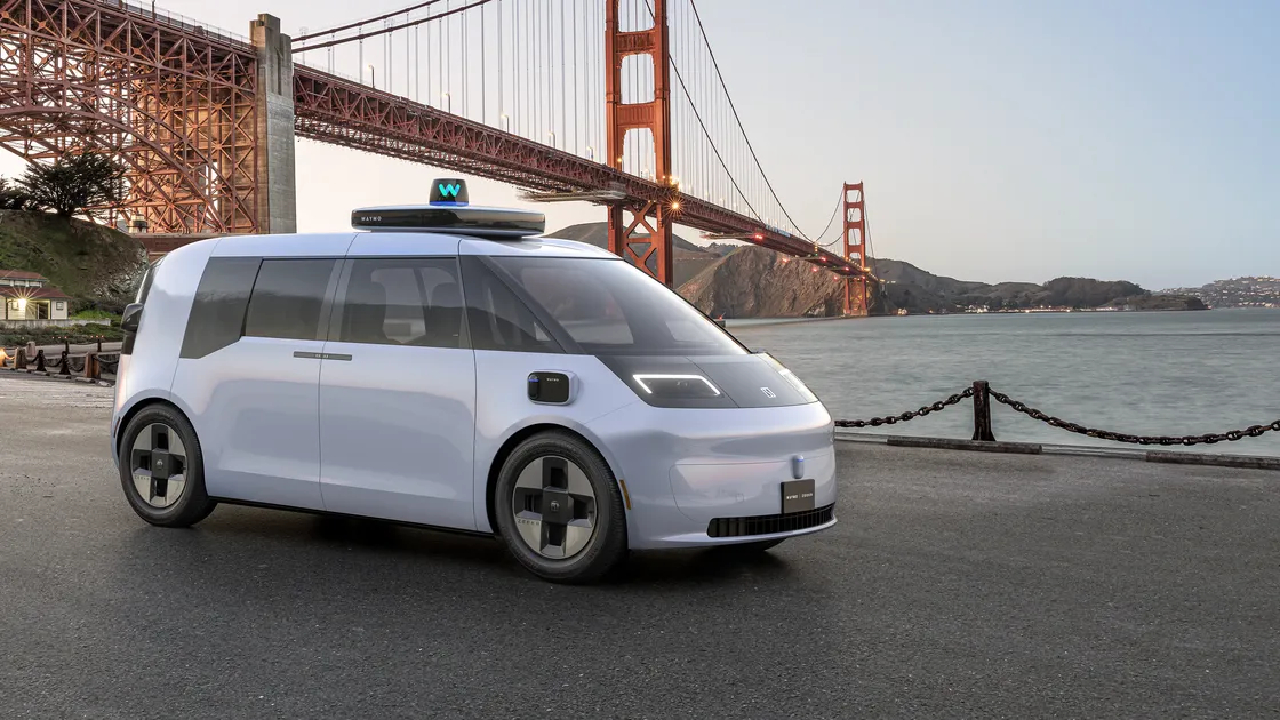
Waymo’s Driverless Tech: A Quantifiable Leap Towards Safer Streets?
The promise of autonomous vehicles has always been intrinsically linked to enhanced safety. The vision is clear: replace fallible, distracted, and sometimes reckless human drivers with tireless, perpetually attentive artificial intelligence capable of reacting with superhuman speed and precision. Waymo, a leading player in the autonomous driving arena, has recently released data suggesting that this vision is becoming a tangible reality. Their report paints a compelling picture of significantly reduced accident rates involving both pedestrians, cyclists, and overall injuries when compared to human-operated vehicles.
According to Waymo’s findings, their driverless vehicles demonstrate an impressive reduction in pedestrian and cyclist collisions, ranging from 82% to 92%. This substantial decrease points to the system’s enhanced ability to detect and react to vulnerable road users, a critical area where human drivers often struggle. Furthermore, the report claims a dramatic 96% reduction in injury accidents overall, coupled with an 85% reduction in serious injury accidents. These figures suggest a paradigm shift in road safety, potentially saving countless lives and mitigating the severity of accidents that do occur.
The basis for these claims lies in a substantial body of real-world driving data. Since 2019, Waymo has been deploying its Level 4 autonomous vehicles in Phoenix, Arizona, steadily expanding its operations to other major metropolitan areas, including San Francisco (2022), Los Angeles (2023), and Austin (2024). Looking forward, test drives have been initiated in Atlanta in 2025, signaling further expansion and data acquisition. Cumulatively, Waymo’s robotaxis have logged a staggering 91 million kilometers of driving distance. This extensive operational experience has allowed the company to build a robust statistical sample, facilitating a direct comparison between the safety performance of its autonomous system and that of human drivers under similar conditions.
The results of this comparison are striking. The data reveals a significant decrease in injury accidents, particularly at intersections, which are often hotspots for collisions due to complex traffic patterns and multiple potential points of conflict. The reported 96% reduction in injuries at intersections is particularly noteworthy, suggesting that Waymo’s system excels at navigating these challenging environments. The 85% decrease in serious injury accidents further underscores the potential of autonomous driving to reduce the severity of crashes, minimizing the risk of long-term disability and fatalities.
Waymo’s safety improvements are not random occurrences; rather, they are deeply rooted in the company’s technological approach to autonomous driving. In contrast to Tesla’s camera-centric approach, Waymo employs a multi-layered sensor suite that incorporates radar and LiDAR technologies in addition to cameras. This redundancy provides a more comprehensive and robust understanding of the surrounding environment.
LiDAR, in particular, uses lasers to create a high-resolution 3D map of the vehicle’s surroundings, providing precise distance measurements and object detection capabilities, even in challenging lighting conditions. Radar, on the other hand, can penetrate fog, rain, and other adverse weather conditions, offering an additional layer of environmental awareness. By fusing the data from these multiple sensors, Waymo’s system creates a more complete and accurate representation of the world, enabling it to make safer and more informed driving decisions.
Waymo argues that this multi-sensory approach is essential for achieving truly safe autonomous driving. While camera-based systems can be effective in certain situations, they are more susceptible to limitations in poor lighting, adverse weather, and complex environments. The redundancy provided by radar and LiDAR enhances the system’s robustness and resilience, ensuring that it can continue to operate safely even when individual sensors are compromised.
The implications of Waymo’s data are far-reaching. By statistically demonstrating that autonomous vehicles can significantly enhance safety in urban transportation, the company is making a compelling case for the widespread adoption of this technology. Reduced accident rates translate to fewer injuries, fatalities, and associated economic costs. Moreover, safer streets can encourage greater adoption of active transportation modes, such as walking and cycling, leading to healthier and more sustainable communities.
However, it is crucial to approach these findings with a degree of caution and critical evaluation. While Waymo’s data is promising, it is important to consider the specific operational context in which it was collected. The company’s vehicles operate under carefully controlled conditions, and the results may not be directly transferable to all driving environments.
Furthermore, the long-term impact of autonomous vehicles on traffic patterns, driver behavior, and overall road safety remains to be seen. As autonomous vehicles become more prevalent, it will be essential to continuously monitor their performance and adapt regulations accordingly. The interaction between autonomous vehicles and human drivers will also be a crucial factor in determining the overall safety benefits of this technology.
Despite these caveats, Waymo’s data provides a compelling glimpse into the potential of autonomous driving to transform urban transportation. The significant reductions in pedestrian and cyclist collisions, as well as overall injury accidents, offer a tangible promise of safer streets and a more sustainable future. As the technology continues to evolve and mature, it is likely that we will see even greater improvements in road safety, leading to a world where transportation is safer, more efficient, and more accessible for everyone. The deployment of multi-layered sensor suites, coupled with rigorous testing and data analysis, appears to be a critical step in realizing this vision. While challenges undoubtedly remain, Waymo’s progress suggests that we are moving closer to a future where autonomous vehicles play a significant role in creating safer and more livable cities.
